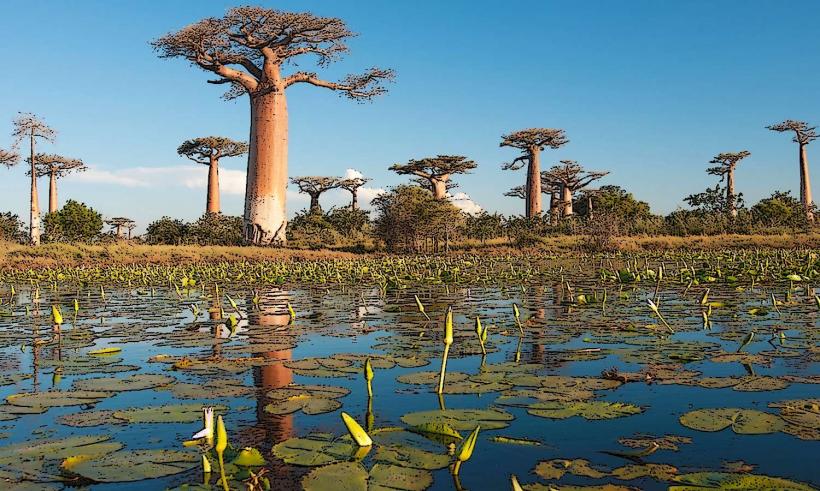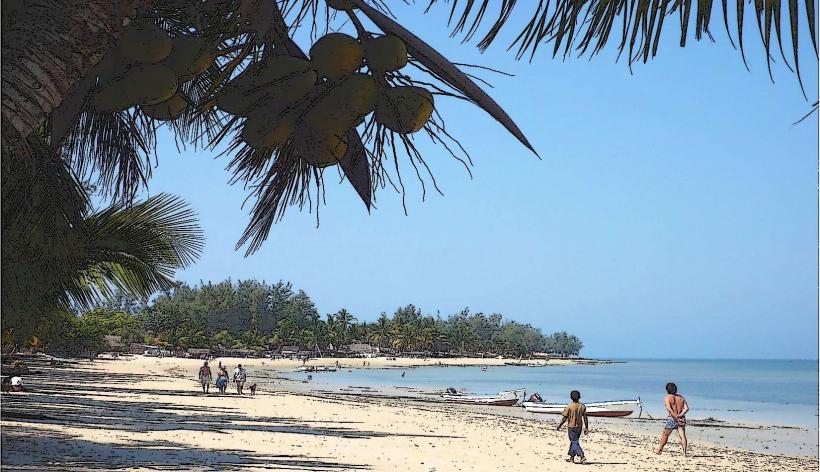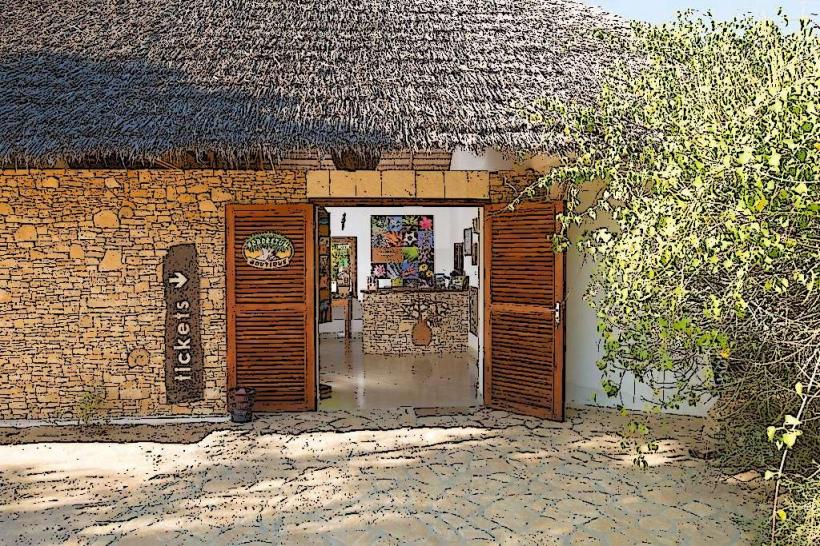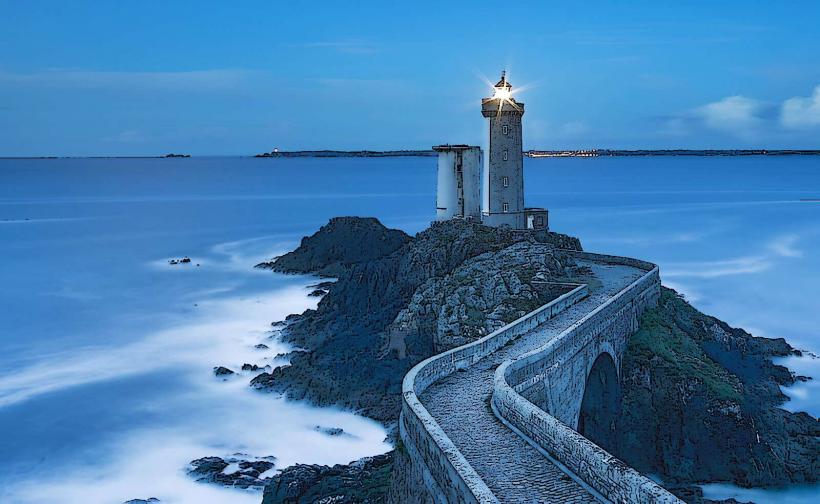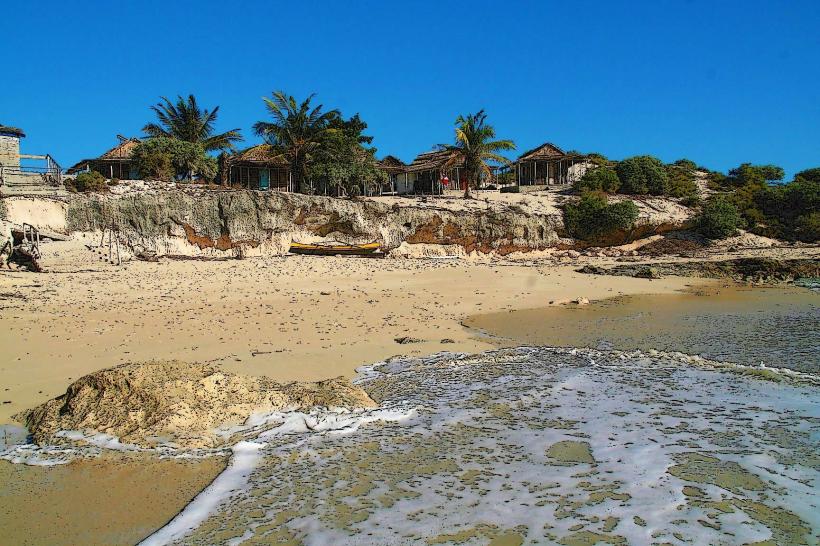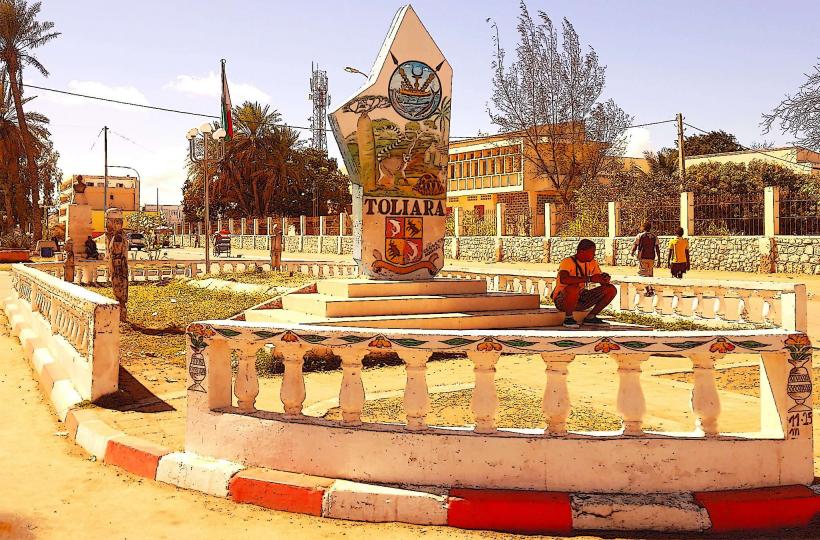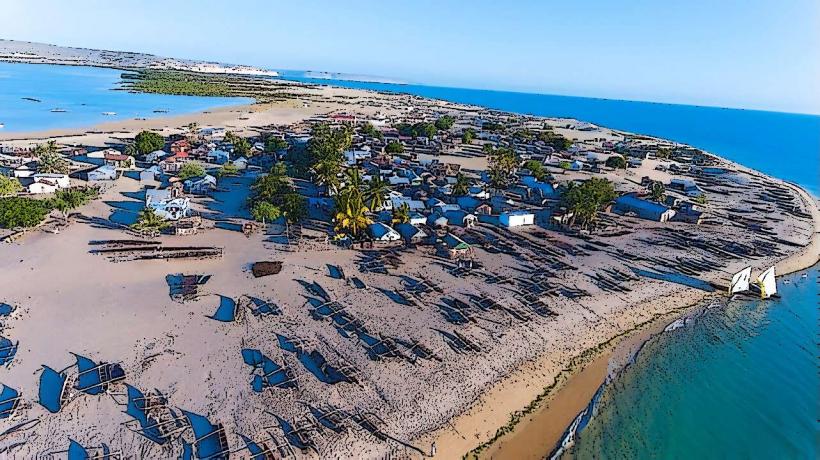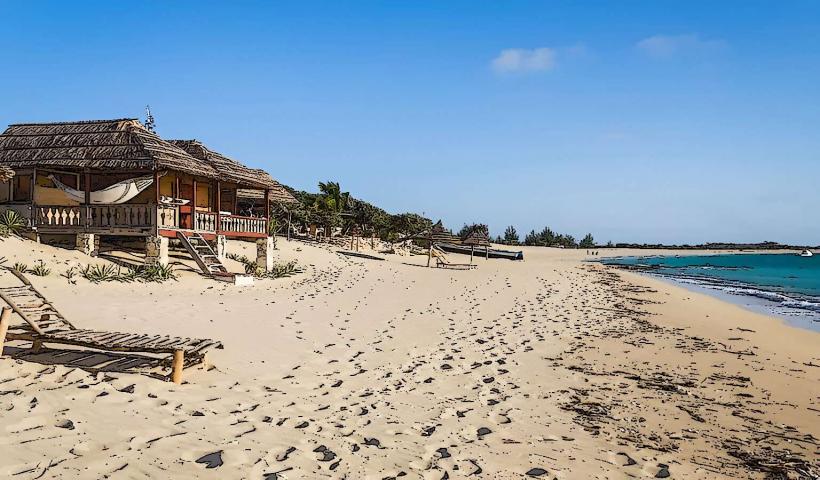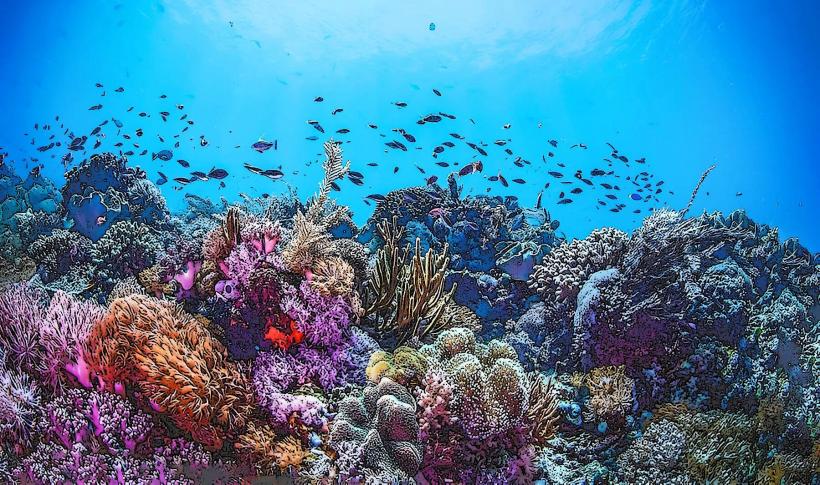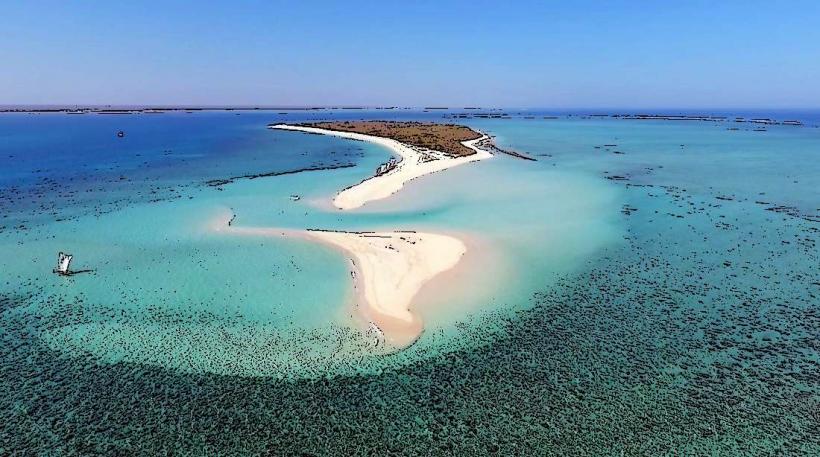Information
Landmark: Arboretum d'AntsokayCity: Toliara
Country: Madagascar
Continent: Africa
Arboretum d'Antsokay is a botanical garden located near Toliara (also known as Tulear) on the southwest coast of Madagascar. It is renowned for its unique collection of native Malagasy flora, particularly the plants endemic to the arid regions of southern Madagascar. The arboretum was established to conserve the region’s biodiversity and educate visitors about the significance of preserving the island's fragile ecosystems.
Here are some key details about Arboretum d'Antsokay:
Location:
- Toliara, the capital of the Atsimo-Andrefana region, lies on the southwest coast of Madagascar. The arboretum is located about 12 kilometers (7.5 miles) north of Toliara, in a dry, semi-arid zone.
History and Purpose:
- The arboretum was founded in 1980 by Dr. Henk J. Beentje, a Dutch botanist who worked with the aim of conserving the diverse and often endangered plant species that are native to the dry spiny forest of southern Madagascar.
- Its primary focus is the preservation of the region’s flora, as well as offering a sanctuary for endemic species, some of which are threatened by deforestation, land degradation, and the expansion of agriculture in the area.
Biodiversity:
- Flora: The arboretum is home to a wide range of plant species, many of which are endemic to Madagascar. Some notable types include:
- Baobabs (Adansonia species), particularly the Grandidiera species, which are native to the region.
- The Spiny Forest species, such as the Didierea, Euphorbia, and Alluaudia, which are specially adapted to the harsh environment of the southwest.
- Other notable plants include Pachypodiums, Aloe, and Ravenea, a type of palm native to Madagascar.
- Fauna: While the arboretum mainly focuses on plant conservation, it also supports a variety of local fauna, including lemurs, chameleons, and various species of birds and insects.
Landscape and Features:
- The landscape of the arboretum reflects the dry, spiny forest ecosystem of southern Madagascar. The terrain is rocky and arid, with occasional pockets of moisture and shade that support the growth of some of Madagascar’s rarest plants.
- There are well-maintained trails throughout the arboretum that allow visitors to explore different plant communities, including those with trees, shrubs, and cactus-like species.
- The arboretum is divided into several sections based on the types of plants found in different habitats, such as the Baobab Collection, which showcases several species of baobabs, and the Cactus Garden, which highlights the unique xerophytic species adapted to the dry conditions.
Conservation Efforts:
- The arboretum plays a significant role in conservation efforts, not only protecting the plants but also educating the public and conducting research on plant species. It is a critical site for studying the biodiversity of Madagascar’s dry forests, which are among the world’s most threatened ecosystems.
- Some of the plants grown in the arboretum are used in propagation programs to be planted in other protected areas or used for reforestation efforts in Madagascar.
Visitor Experience:
- Guided Tours: Visitors can take guided tours to learn about the flora and fauna, the conservation efforts underway, and the unique features of the Madagascan dry ecosystems. These tours are available in French and English.
- The arboretum offers an educational experience, focusing on the unique challenges of conservation in Madagascar, especially in arid regions where water is scarce, and human activity poses a significant threat to the environment.
Accessibility:
- The arboretum is easily accessible from Toliara by car or taxi, and while the roads can be rough in some parts, it is a popular site for eco-tourism in the area.
- It is best visited during the dry season (April to October) when the weather is more favorable for exploration.
Significance:
- The Arboretum d'Antsokay is considered one of the most important conservation areas in southern Madagascar. It serves as a living laboratory for understanding and preserving the unique flora of the island.
- The arboretum contributes to Madagascar’s ecotourism sector, drawing visitors interested in learning about the biodiversity of the island and supporting sustainable conservation practices.
Conclusion:
The Arboretum d'Antsokay is a vital center for the conservation of southern Madagascar’s unique plant life. Its efforts to preserve endangered species and promote sustainable ecotourism help protect the biodiversity of one of the world's most ecologically distinctive regions. Visiting the arboretum provides a deep insight into the delicate balance of life in one of Madagascar’s most arid and fragile ecosystems.

